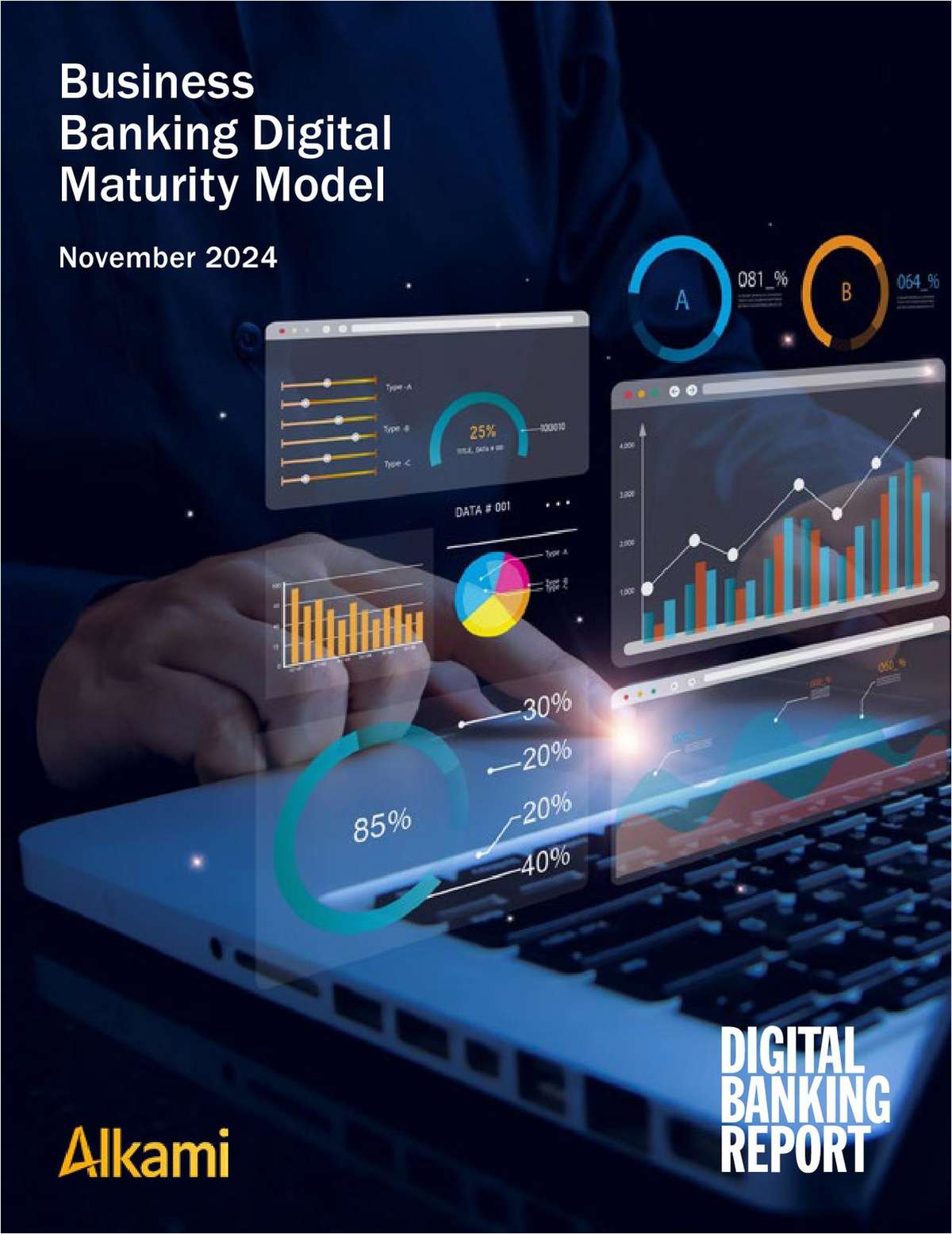WASHINGTON – Two credit unions that declined to sell their credit card portfolios cited portfolio renovation and greater integration of their card marketing as key elements in their fights to keep their cards profitable during a time when the card industry generally has been contracting. Saginaw, Michigan based Team One Credit Union and San-Antonio, Texas based Randolph-Brooks Federal Credit were approached roughly 18 to 24 months ago to sell their card portfolios to banks which specialize in buying them. Both declined to do so and decided to continue to own and managing their own portfolios with the help of Florida based Card Services for Credit Unions (CSCU) and/or Certegy, their card processor. When representatives for one of the large banks in the market for credit card portfolios approached Konnie Werner, CEO of the $209 million Team One Credit Union, about selling the portfolio she knew "immediately and almost instinctively" that she would not want to do it. "I have very strong opinions about a product being out there with the credit union's name on it that we would not control," she said, "after all, it has our name on it." That concern undermined the possible attraction of having someone else own Team One's card accounts and influenced the credit union to decline the offer. But the portfolio had not been performing as well as the credit union would have liked and there were clearly questions that needed answering, so Team One turned to CSCU and Certegy for help. An analysis from CSCU recommended focusing on the cards' penetration into their market and increasing members' use of the cards. To that end the credit union "revamped" its $10 million, 5,900 account card portfolio, which has resulted in both an increase in the number of accounts by almost 5% and an increase of 15% in their balances, Werner reported. For example, Team One used to offer only MasterCard but decided to offer Visa as well, in part because Certegy advised them that Visa cardholders, on average, carry higher balances than do MasterCard holders. The credit union also introduced a Visa Platinum card, with a minimum credit limit of $7,500. Visa was also attractive because it allowed the credit union member to tailor their card to either earn Scorecard bonus points, which the member can use to obtain gifts or airline travel bonus miles, or to carry a lower interest rate. The credit union's Gold Visa card without the bonus points carries a 10.9% interest rate versus 12.9% with the points. The Classic Visa without the points has an interest rate of 11.9% versus 13.9% with the point program. Then the credit union turned to CSCU for advice on marketing the new cards, as well as taking measures to poach account balances from other institution cards, something from which traditionally credit unions have been more victimized than victors. The program was so successful that CSCU recognized it and awarded its excellence, Werner said. Team One has also been pleased that it has been able to grow the portfolio without incurring sharply higher delinquency or charge-off rates. According to NCUA, Team One's delinquency rate for the first quarter of 2002 is .39%, compared to .80% for its peer group. "We feel really good about our efforts to keep and manage the portfolio," she said. "It has definitely worked out for us." In a manner similar to Team One, the $1.7 billion Randolph Brooks Federal Credit Union considered its MasterCard, with its checking account, "flagship products," according to Ron Barrett, vice president of the credit union, and that feeling has undermined the possible attraction of any purchase offers. But where Team One changed its card offerings, Randolph-Brooks made cross marketing its cards the hallmark of its card philosophy, according to Barrett. And the effort has paid off. According to Barrett, Randolph-Brooks adds 120 new Classic or Gold MasterCards per week to its 50,000 cards, and those cards in turn add to the credit union's $83 million in outstanding balances. "If a member comes in for a car loan and walks out without at least being asked about whether they want to apply for our MasterCard," Barrett chuckled, the loan officer has done something wrong. Randolph Brooks adopted a uniform platform for all its loans, he reported, collecting much the same data for car loans, credit cards, other loans and mortgages. Further, the same credit union employee is empowered to make underwriting decisions in a variety of loans, enabling the member to have close to one-stop shopping for lending, of which the credit card is a key product, Barrett explained. To help facilitate that cross marketing, the credit union offers deals to its members to take the card. Signing up for a Randolph-Brooks MasteCard will get the member a marginally lower interest rate on the car loan, for example. This has led to members coming in to ask for the card so that they can get the discount, Barrett reported. Randolph-Brooks has also adopted a 1% cash back program, similar to that widely associated with the Discover Card, that paid back $1.6 million to members last year and which has helped members appreciate the Randolph-Brooks credit cards, Barrett said. The credit union also sought to inoculate its membership against having their balances poached by other institutions by offering cards that are essentially fee free. Randolph-Brooks credit union cardholders have no annual fee on their cards, no over limit fees, no cash advance fees and very low late fees, usually no more than $5, according to Patricia Anz, Director of Randolph-Brooks' credit card programs. And Randolph-Brooks members know that their cards are fee free as a regular part of the card, not as a condition of an ongoing promotion. Randolph-Brooks also maintains a fairly open policy toward issuing its cards, Barret said. Twenty percent of their card portfolio has limits of less than $2,000. "If you think about that it can seem pretty scary," Barrett said, "but the fact is that low income folks can pay their bills as regularly as rich folks do," Barrett said, adding that the low income members who eventually raise their standard of living and card ownership are among the most loyal card users. According to NCUA, Randolph-Brooks had a delinquency rate of .14% in the first quarter of 2002, .60 percent less than its peers. -dmorrison@cutimes.com
Complete your profile to continue reading and get FREE access to CUTimes.com, part of your ALM digital membership.
Your access to unlimited CUTimes.com content isn’t changing.
Once you are an ALM digital member, you’ll receive:
- Breaking credit union news and analysis, on-site and via our newsletters and custom alerts
- Weekly Shared Accounts podcast featuring exclusive interviews with industry leaders
- Educational webcasts, white papers, and ebooks from industry thought leaders
- Critical coverage of the commercial real estate and financial advisory markets on our other ALM sites, GlobeSt.com and ThinkAdvisor.com
Already have an account? Sign In Now
© 2025 ALM Global, LLC, All Rights Reserved. Request academic re-use from www.copyright.com. All other uses, submit a request to asset-and-logo-licensing@alm.com. For more information visit Asset & Logo Licensing.









